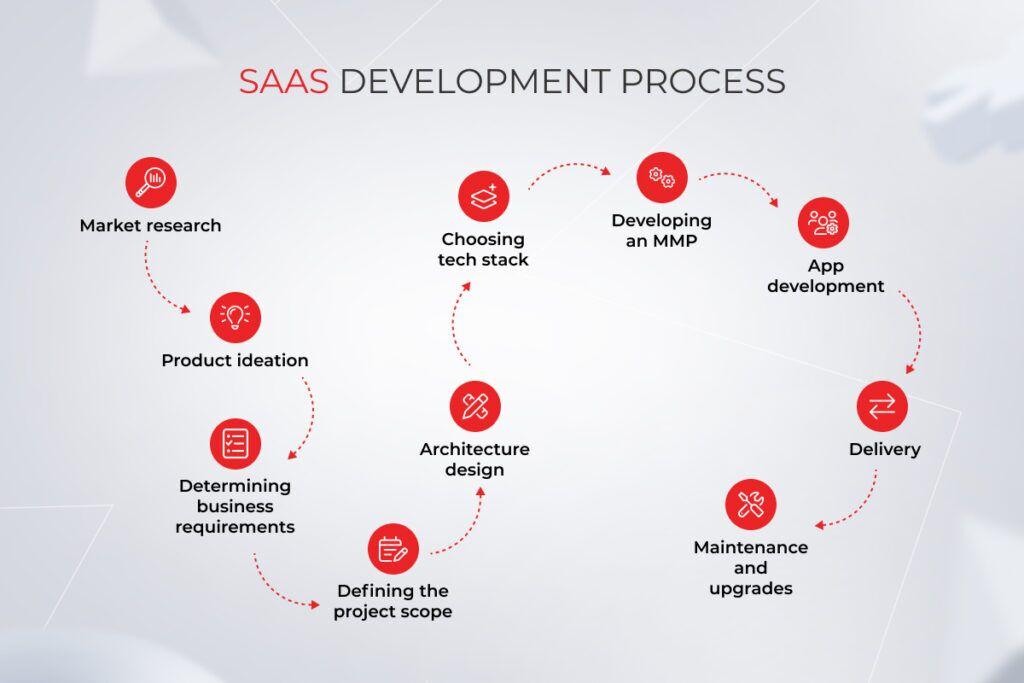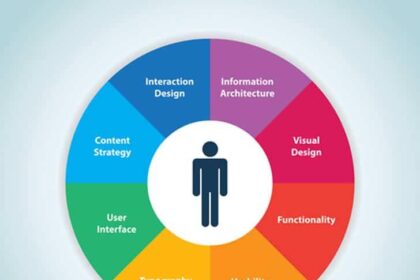Unleashing Innovation: The Journey of SaaS Product Development
In an age where digital transformation is not just an option but a necessity, Software as a Service (SaaS) has emerged as a beacon of innovation, reshaping the way businesses operate and engage with technology. The journey of SaaS product development is akin to a symphony, where each note—the idea, the coding, the design, and the user experience—comes together to create a harmonious solution that addresses real-world challenges. As we delve into the multifaceted world of SaaS, we will explore the intricate processes, the collaborative efforts, and the relentless pursuit of excellence that drive this evolution. From the spark of inspiration to the launch of a fully-fledged product, join us as we uncover the key milestones and lessons learned on this transformative path towards unleashing innovation. In a landscape defined by rapid change, understanding this journey offers invaluable insights for developers, entrepreneurs, and organizations poised to harness the power of SaaS to redefine their futures.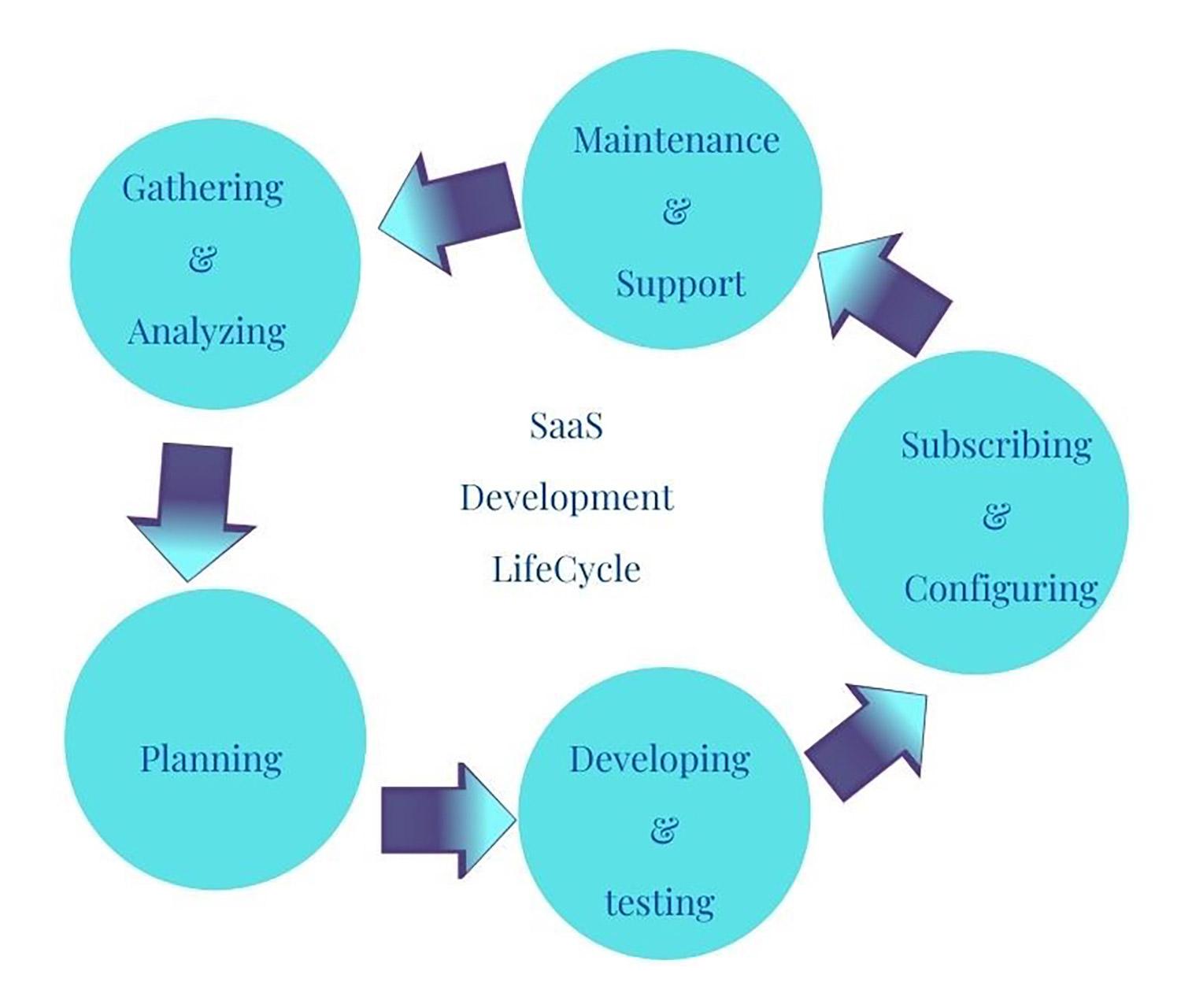
Understanding the SaaS Product Lifecycle for Effective Innovation
The SaaS product lifecycle is a dynamic process that involves several critical stages, each one playing a pivotal role in fostering innovation. It begins with ideation, where market research and user feedback inform the initial product concept. During this stage, it’s essential to identify user pain points and gather insights that can shape the development trajectory. Following ideation, the product enters the design and development phase, which involves creating prototypes and gathering further user feedback. This iterative approach allows teams to refine their offerings based on real user interaction, ensuring the product resonates well with its intended audience.
Once the product is launched, the focus shifts towards enhancement and optimization. Continuous monitoring of key performance indicators (KPIs) and user engagement metrics is necessary to assess the product’s performance. Based on this data, teams can make informed decisions about feature upgrades and innovations. Regular updates not only improve functionality but also deepen user satisfaction and retention. The lifecycle culminates in an evaluation phase, where feedback loops are established to gather insights for the next iteration, ensuring that innovation remains at the forefront of product development.
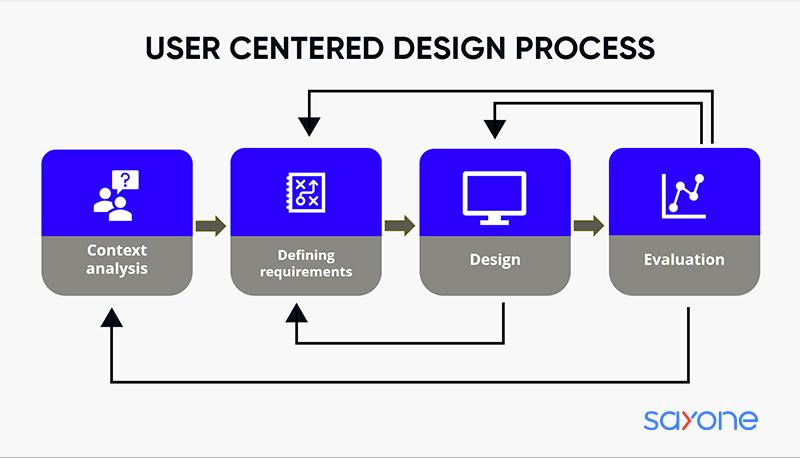
Crafting User-Centric Designs that Drive Engagement and Satisfaction
At the heart of successful SaaS product development lies the ability to create designs that prioritize the user’s experience. This involves understanding user behavior and preferences to ensure that every interaction is intuitive and engaging. By leveraging techniques such as user personas and journey mapping, designers can pinpoint pain points and opportunities for enhancement. Key elements that contribute to user-centric design include:
- Clarity: Simple, straightforward navigation that minimizes confusion.
- Responsiveness: Adaptable interfaces that perform seamlessly across devices.
- Feedback: Real-time responses to user actions, reinforcing a sense of control.
Furthermore, involving users in the testing phase through feedback loops and usability tests can drastically refine product features. This iterative approach not only increases user satisfaction but also fosters a sense of community and loyalty among users. Consider the following strategies to enhance engagement:
| Strategy | Benefit |
|---|---|
| User Workshops | Gain insights directly from users and align features with their needs. |
| Prototyping | Test concepts early to gather feedback and adjust before full development. |
| Onboarding Guides | Help users navigate the product efficiently, enhancing initial experiences. |
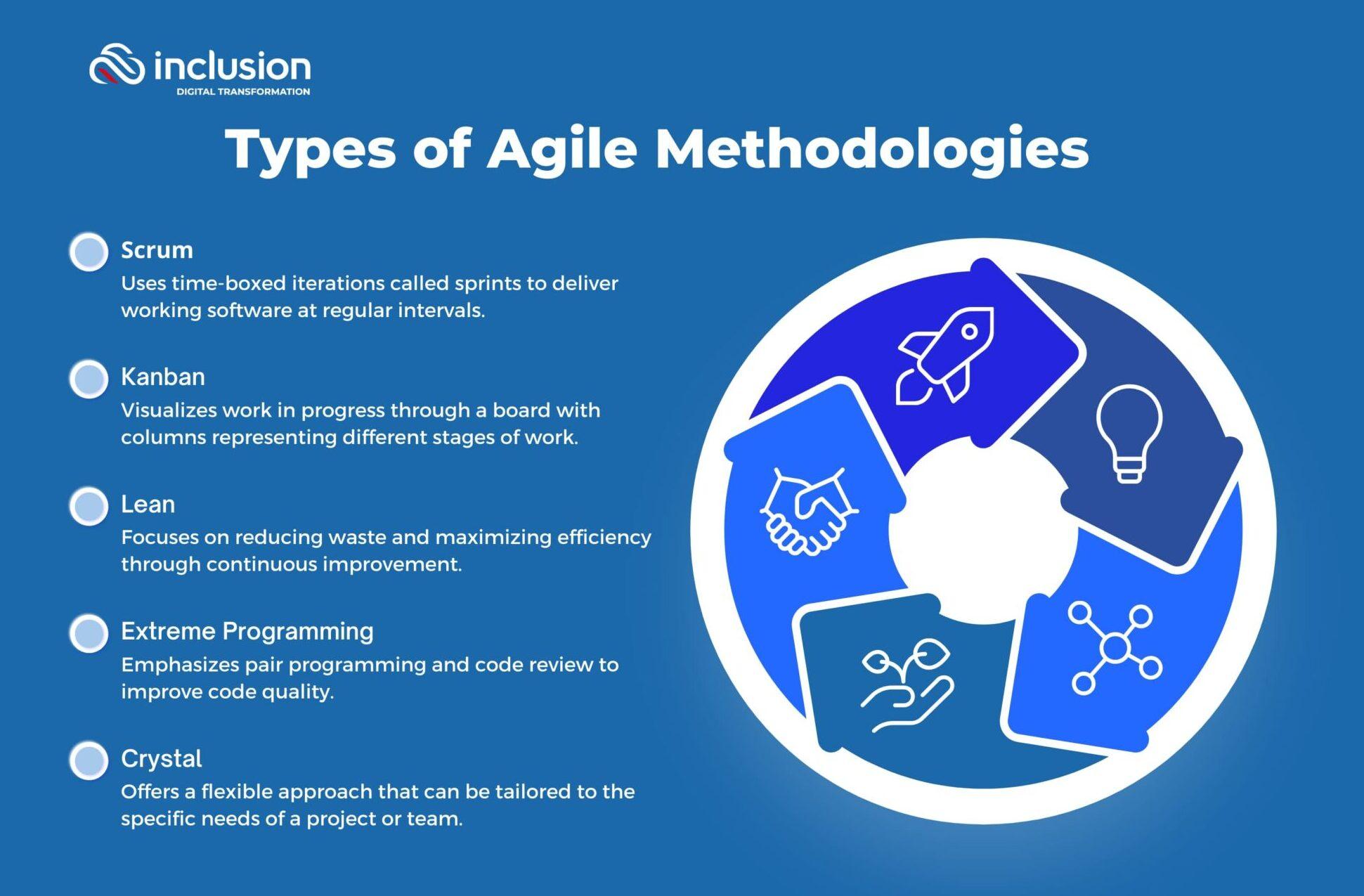
Leveraging Agile Methodologies for Rapid Development and Iteration
In an ever-evolving digital landscape, embracing flexible development frameworks like Agile is crucial for SaaS product development. Agile methodologies empower teams to respond swiftly to changing market demands and customer feedback. This iterative approach involves breaking down projects into manageable units, enabling frequent reassessment and realignment of priorities. By focusing on short sprints and continuous delivery, teams can ensure that product increments meet user needs effectively. Key benefits of this approach include:
- Enhanced Collaboration: Promotes cross-functional teamwork through regular communication and feedback loops.
- Customer-Centric Focus: Involves users in the development process, allowing for immediate adjustments based on their input.
- Accelerated Time-to-Market: Facilitates quicker releases and updates, helping products stay relevant and competitive.
Furthermore, Agile encourages a culture of innovation, where teams are not only tasked with delivering features but are also empowered to experiment and explore new ideas. With practices like Daily Standups and Retrospectives, teams can identify obstacles swiftly and adapt their strategies accordingly. When evaluating Agile’s impacts on productivity, consider the following insights:
| Metric | Before Agile | After Agile |
|---|---|---|
| Release Frequency | Quarterly | Bi-Weekly |
| Bug Fix Rate | 30 Days | 5 Days |
| Team Satisfaction | 65% | 85% |

Building a Scalable Infrastructure to Support Future Growth and Adaptation
As businesses strive to remain competitive in an ever-evolving market, creating an infrastructure that can scale effortlessly is paramount. An adaptable framework serves as the backbone for innovation, allowing teams to quickly respond to market demands and technological advancements. Key elements to consider include:
- Cloud Technology: Harnessing the power of cloud computing simplifies resource management and enables on-demand scalability.
- Microservices Architecture: Building applications as a collection of loosely coupled services enhances flexibility and maintainability.
- Integrated Development Tools: Utilizing contemporary DevOps tools promotes streamlined workflows and enhances team collaboration.
Moreover, investing in efficient monitoring and analytical tools offers invaluable insights into user behaviors and system performance, enabling proactive solutions rather than reactive fixes. An exemplary approach to building such infrastructure includes:
| Component | Description |
|---|---|
| Load Balancers | Distributes incoming traffic across multiple servers to ensure reliability. |
| CDN (Content Delivery Network) | Enhances load times and reduces latency by serving content from the closest location. |
| Automated Scaling Solutions | Adjusts resources automatically based on real-time demand. |
To Wrap It Up
As we conclude our exploration of the dynamic journey of SaaS product development, it becomes evident that innovation is not merely an end goal, but a continuous process fueled by collaboration, adaptability, and a relentless pursuit of user-centric solutions. Each stage, from ideation to deployment, embodies a unique set of challenges and triumphs that ultimately shape the trajectory of success in the SaaS landscape.
In this ever-evolving technological realm, the potential for disruptive ideas is limited only by our imagination. By embracing an iterative mindset and leveraging feedback, teams can not only navigate the complexities of development but also unlock new avenues for growth and improvement. The stories of pioneering SaaS products remind us that behind every breakthrough is a tapestry of creativity, resilience, and teamwork.
As we look to the future, we encourage you to keep the spirit of innovation alive – whether you’re a fledgling startup or an established enterprise. Remember, the key to unleashing true potential lies in understanding the needs of your users, nurturing a culture of experimentation, and remaining agile in the face of change. The journey of SaaS product development is ongoing, and the next great idea could be just around the corner, waiting for the right minds to bring it to life. Let’s continue to innovate, iterate, and inspire together.


